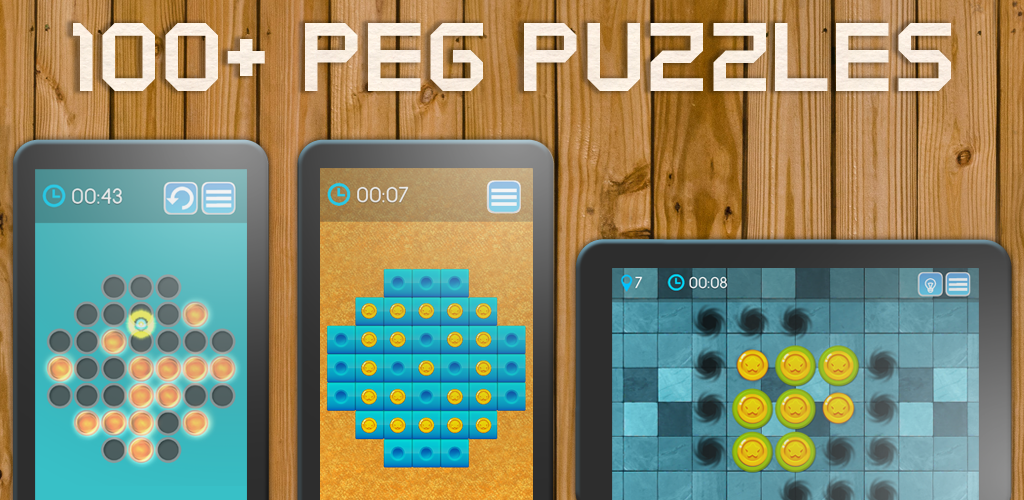

Performing the above analysis on the 33-hole board would show that a solution is theoretically possible. Among games for which there is a solution, the most common are to start with a vacancy on a3 and end with a peg on g7, and to start with a vacancy on d3 and end with a peg on d5. Therefore, the centre-complement problem cannot be solved on the 37-hole board similar arguments can show that a position with only the centre hole vacant cannot be reduced to a single peg anywhere on the board, nor can a position with any hole vacant be reduced to a single peg on the square left vacant. The target position, however, will have a different parity on diagonals A, C, D, and F. It can be seen that, due to the way that moves are made, each of the six diagonals will always have the same parity (even or odd) as the number of pegs currently on the board. If any move is made, the number of pegs in each of the six diagonals will be odd, and the total number of pegs on the board will be odd. Divide the 37-hole board into three sets of diagonals A, B, and C, running from top-left to bottom-right, and three sets of diagonals D, E, and F, running in the opposite direction, as shown below:Ĭounting up the number of pegs in each of the six diagonals, they are all even, and the total number of pegs on the board is even. This can be demonstrated through the following argument. leaving the centre hole empty, and playing to leave a single peg in the centre hole). The same notation can be used for the 37-hole board the only difference is that b2, f2, b6, and f6 represent squares on the 37-hole board but not the 33-hole board.įor the 37-hole game, there is no solution for the centre-complement game (i.e. For example, the central square can be denoted as d4. Several different systems of notation are in use the one used by Beasley in The Ins & Outs of Peg Solitaire labels the seven columns a through g and the seven rows 1 through 7, so each hole is denoted by its row and column reference. The 33-hole board has come to be the standard-sized board in most countries, although the 37-hole board is the most common board in France and can be found elsewhere.īefore discussing a solution, it is convenient to introduce a suitable notation. The 33-hole board was first mentioned in Unterricht in der natürlichen Magie by J. The board shown in the engraving mentioned above is the 37-hole board. Because of the simplicity of the game, it is not inconceivable that some version of this game could have been played well before these dates, however. The earliest known reference to the game is the 1697 engraving Madame la Princesse de Soubize joüant au jeu de Solitaire by Claude-Auguste Berey, and the earliest textual reference was written by Gottfried Leibniz in 1710. Many legends as to the game's origins exist, but all lack evidential support. The game, and the solvability of various positions, are also of mathematical interest. The objective of the game is to remove all the pegs but one, and have the remaining peg end up in the centre square of the board. Moves are made by jumping one peg over another horizontally or vertically, and removing the jumped peg. While many different boards exist, the most common is played on a 33-hole board. However, solving the game is more complicated than it looks. Its straightforward rules have made it a widely-played game, with millions of sets in existence, a set being a not-uncommon present.

Peg Solitaire (in British English referred to as just Solitaire, while the latter term, in American English, refers to the type of card game known in British English as Patience) is a single-player board game.


 0 kommentar(er)
0 kommentar(er)
